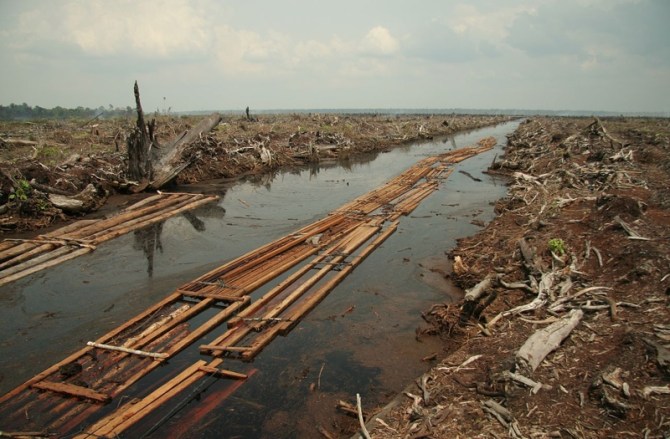Over half of the world’s forests have been destroyed in the last 10,000 or so years — the majority of this loss has occurred in just the last 50 years, occurring simultaneously with a massive increase in the human population. The incredible scale of this loss has led to significant changes throughout many parts of the world, and in recent years these changes have been accelerating. These changes include: large-scale extinction events, desertification, climatic changes, topsoil loss, flooding, famine, disease outbreaks, and insect ‘plagues’ — among others.

Deforestation occurs primarily as a result of: agriculture, fuel use and production (firewood, charcoal, etc), timber harvesting, pasture-clearing for livestock animals, and expanding human settlements. And also, to a degree, due to large scale war — throughout history fire has often been used as a way to deprive enemy populations of necessary resources. These deforested areas almost inevitably end up as wastelands via the processes of soil erosion and desertification, if they aren’t reforested. Many of the areas of the world that were deforested thousands of years ago remain as severely degraded wastelands or deserts today.
Currently the world’s annual rate of deforestation is estimated to be about 13.7 million hectares a year — roughly equivalent to the total land-area of Greece. Roughly half of the areas deforested gets reforested to some degree, but these new-growth forests don’t function in the same ways, support the same biodiversity, nor do they provide the many benefits that old-growth forests do.
In addition to these ‘official’ numbers, forests have also been, in recent years, becoming more and more affected by the changing climate — with increasing levels of drought, growing numbers of forest fires, increasingly common powerful storms and extreme weather, an explosion in insect numbers, and the spread of disease, all taking a toll.
Read the rest of this entry →






















